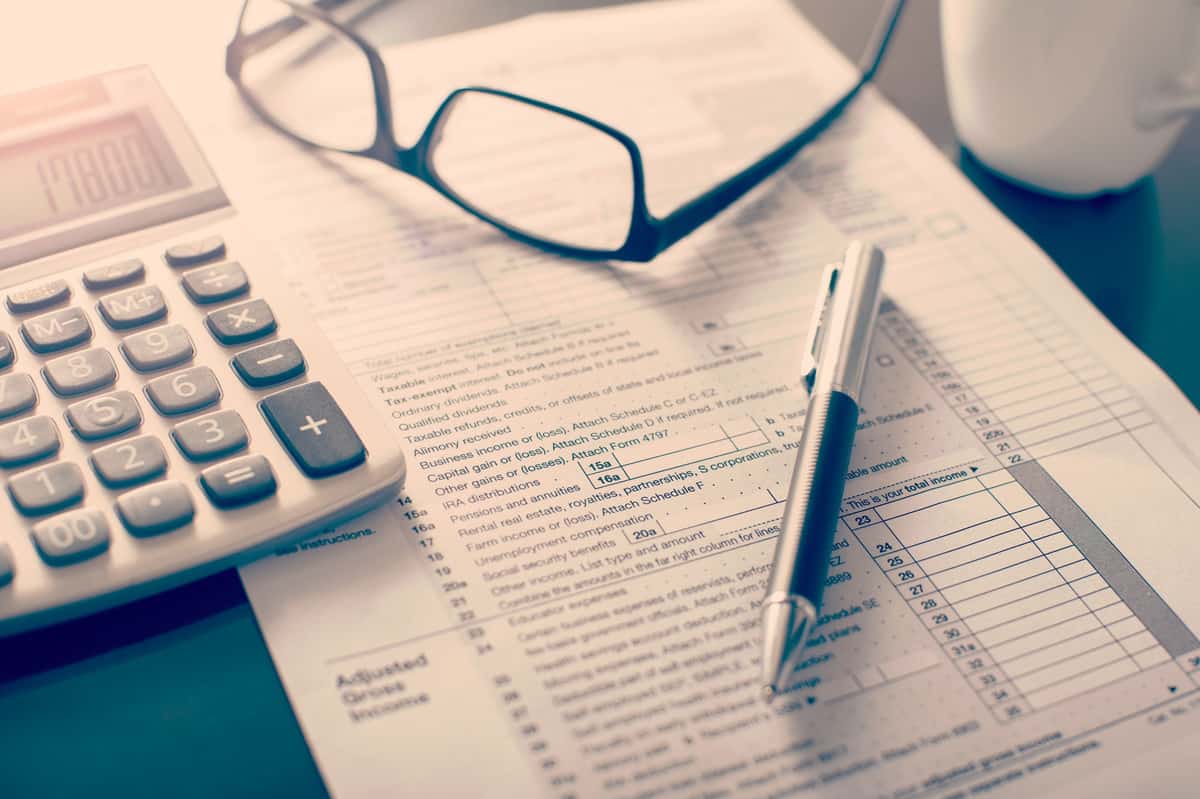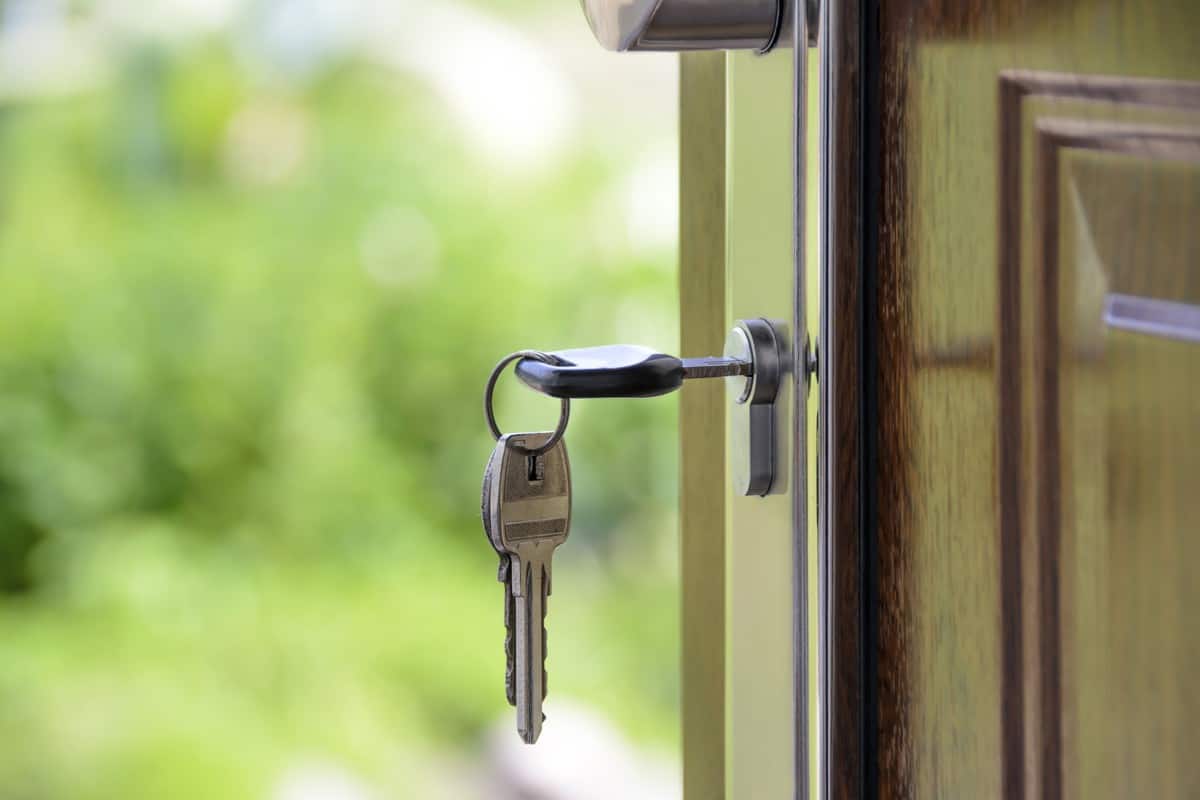Buying a home can be one of the most exciting ventures in a person’s life. Even though 1 in 3 millennials under age 35 owns a home, 1 in 3 regrets it. The reason for that regret, however, is because many homebuyers forget to account for things like closing costs and home maintenance.
A lot of prospective buyers don’t think beyond their down payment and their mortgage.
Many homeowners end up bursting their budgets to acquire the home of their dreams, which is the main reason why they end up overwhelmed by feelings of regret.
Every future homeowner should consider budgeting for a house before they jump in.
Do you want to learn about all the costs to consider before buying a house? Do you want help figuring out how much you can afford? Here’s a guide that breaks it down for you.
What Kind of Mortgage Can You Afford?
One of the first steps in figuring out what kind of home you can afford is figuring out what kind of mortgage payment you can afford. Here’s the moment where you take into account your monthly household income, your monthly debts, and the amount of savings you’ve got for a down payment.
You should be comfortable with and understand your mortgage payment, which also depends on your down payment. One rule of thumb is that prospective homeowners can afford to finance a home that costs somewhere between 2 and 2.5 times their gross annual income.
For example, a household that earns $100,000 should be able to afford a mortgage of $200,000 to $250,000. This is a general guideline, however, as monthly debts and other factors vary from buyer to buyer.
After you consider your down payment and potential mortgage rates, it’s a good idea to have at least 3 months of your mortgage and other monthly expenses in your savings account, including all monthly debts, your housing payments, and other costs of living. Unexpected events and expenses are the inevitabilities of owning a home that many people forget to consider.
The Front-End Ratio and Back-End Ratio
The percentage of your gross income (yearly) that can be put toward paying your mortgage every month is called your front-end ratio. Your mortgage payment consists of 4 components, which are:
- Principal
- Interest
- Taxes
- Insurance (property insurance and private mortgage insurance)
A rule of thumb is that your PITI (principal, interest, taxes, and insurance) should never exceed 28% of your gross income. Many lenders, however, allow borrowers to exceed 30%, and some even allow borrowers to exceed 40%.
The back-end ratio is also known as your debt-to-income ratio (DTI). This ratio calculates the percentage of your gross income that’s required to cover all your monthly debt payments. These debts can include payments like:
- Credit card payments
- Child support
- Car payments
- Student loans
- Any other required monthly payments
If your monthly household income is $6,000, and you pay $3,000 toward debt every month, then your debt-to-income ratio is 50%. Many lenders require that your DTI stays below 37% of your gross income. The lower your debt-to-income ratio is, the better.
Much Depends on Your Down Payment
A lot of lenders require a down payment of 20%. Obviously, the more you can put down on a home, the lower your mortgage payment will be, and the less you’ll need to finance.
At the very least, you should be able to comfortably put down 10% of a house’s price. If you can’t do at least that, it’s best to wait until you can. Keep in mind that if you can put down 10% on your new home, but it completely drains your savings, it’s probably in your best interest to wait.
Even after handing over your down payment, you should still have a savings account that can hold you down for at least 3 to 6 months.
Private mortgage insurance (PMI) protects mortgage companies in case a homeowner can’t make their payments. Typically, PMI is 1% of the total loan value. That fee gets added to your monthly payment, which is why the more you can put down initially, the lower that percentage will be.
It’s worth waiting a bit longer so that you can put down 20%, as it’ll decrease what you pay in interest and fees. It’s also worth waiting if your credit score is low. Building your credit score can help impact your monthly mortgage payment significantly.
Keep in mind that your interest rate will affect your monthly mortgage too. Your interest rate is incumbent on factors such as your credit score, home price and loan amount, loan term down payment, loan type, and interest rate type.
Costs That Go Beyond a Monthly Mortgage Payment
The biggest financial responsibility of homebuyers is the monthly mortgage payment. Unfortunately, many prospective homebuyers forget to consider anything else. There are plenty of additional expenses, some of which continue even after a mortgage is paid off. Here are some of those external factors to keep in mind when looking for real estate.
Utilities
Depending on where you lived or rented before, you probably didn’t pay for all the utilities that come with owning a house.
Electricity, water, heat, sewage, trash removal, and cable services add up quickly. These expenses aren’t calculated in the back-end ratio, nor are they included in the front-end ratio. They’re unavoidable, though, and should be taken into account by any prospective homeowner.
Maintenance
Major appliances cost money. Whether they’re included in new home purchases or not, when any of these things kick the bucket, it’s smart to have the savings to replace them.
If your new home needs major repairs, and you’re house poor, to begin with, you could end up in a difficult situation struggling to keep up with all the demands of fixing a home.
Association Fees
If you buy in a gated or planned community, you’ll surely have association fees. While these fees can only be $100 per year, they can also be a few hundred dollars a month.
Depending on where you live, association fees can include snow removal, pool maintenance, lawn maintenance, amongst many other services.
All the Fixings
Does the home you’re looking at come with curtains or shades? What about all the rooms you’ll have to furnish? Be sure to take into account the amount it’ll cost to add furnishings and decor to your home.
Property Taxes and Homeowner’s Insurance
Property taxes aren’t cheap, and some areas are substantially more expensive than others. Property taxes can range from anywhere between $500 and $7,000+ per year. Be sure to take into account what yours will be before you sign on the dotted line!
Homeowner’s insurance varies from state to state, but it’s an essential piece in owning a home. It’s safe to say you can expect to pay around $1,000 a year on homeowner’s insurance.
You Can Enjoy Budgeting for a House
Budgeting for a house requires careful planning and consideration. It doesn’t have to be daunting, though. In fact, it can be empowering.
The more you understand about what you can afford, what your monthly payments include, and what expenses could come up along the way, the more you’ll enjoy living in your new abode.



